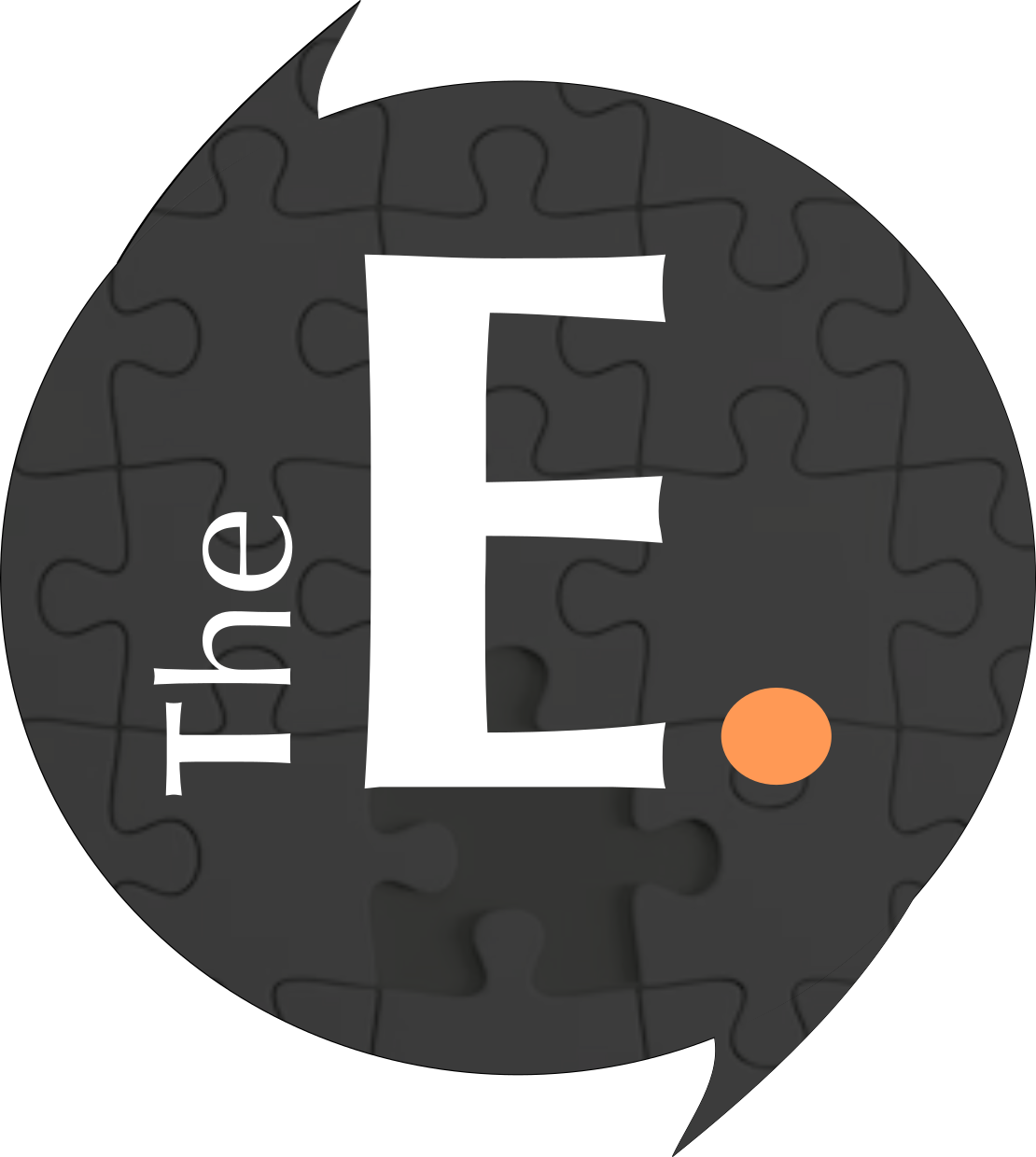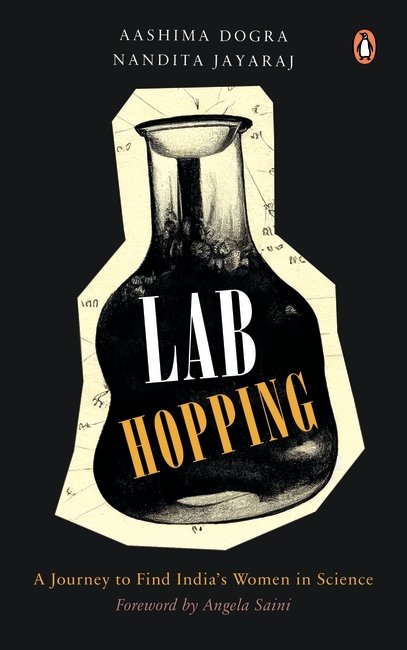Lab Hopping Chronicles: Exploring India's Science Laboratories with Aashima Dogra
In their co-authored book 'Lab Hopping', Aashima Dogra takes readers on an eye-opening journey into the world of Indian science institutions, shining a spotlight on the underrepresented voices of women, underprivileged minorities, and the LGBTQ+ community.
Aashima and her co-writer, Nandita Jayaraj, initially entered the realm of science writing, eager to share the groundbreaking stories unfolding within Indian scientific institutes. However, they soon discovered a disheartening pattern: their narratives lacked the presence of women. Despite seeing countless women in labs, contributing as technicians, PhDs, and project managers, their contributions often went unacknowledged. Motivated to break the mold and provide representation, they embarked on a mission to seek out and highlight the achievements of women in science. They recognized that their efforts could also serve as inspiration for young Indian girls who, like them, lacked relatable figures in the scientific community.
"We, therefore, wanted to track the journeys of established Indian scientists and delve deeper into the scope of higher education in India. This was also a couple of years after the Nirbhaya case, the Delhi gangrape incident. Tapping into the strong feminist conscience, we embarked on a literal lab-hopping expedition, visiting various institutes across different parts of India," describes Aashima.
The book Lab Hopping is a reportage of the Indian science gender gap put together with the help of hundreds of interviews and observations. The book also explores diverse sociological issues within the realm of Indian Sciences. For instance, why do most Indian institutes have upper-caste men as deans or directors?
“Most of the women scientists are also upper caste, and mostly Brahmins. Once you start seeing the pattern, it becomes impossible to ignore it. Even the small amount of money that our government spends on science is not really democratic and access to science is not equally available to everybody”, adds Aashima pointing towards the cases of early exposure to science career choices and privileged upbringing that prepares most women and men to achieve success in research careers.
Moreover, several Indian research labs, like many labs globally, are plagued by a toxic and unhealthy work culture. “There is this idea that one has to slog to get ahead in science. Many Ph.D. students we interviewed told us they get rewarded if they work in labs on weekends or in the evenings when they should be home or relaxing. This lifestyle is quite unhealthy for a young person and many would also argue - counterproductive but it is what is celebrated as a top-notch scientist”, adds Aashima. This is one of the characteristics of science that excludes most women who often play multiple roles such as caregivers, partners, or being active in their wider communities. Being married to the lab or one's career is not a choice many Indian women make or can make. Such exclusive access to only a few is also impacting the quality of Indian science.
Source: Times of India
There is a very loud call for the need for science-based solutions in India. For example, the Indian Council for Scientific and Industrial Research (CSIR) was set up to put a lot of attention on transforming and translating science into the real world. The Lab Hopping book observes that the lack of diversity inside the labs is hindering this translation, resulting in a mediocre science community that is not publishing socially impactful science.
“Our hope with this book is to examine these issues and bring them to light so that the science community calls for appropriate actions. And, as an average Indian reader, who reads in English, could read this book because eventually, they are also the stakeholders in this kind of science that is happening as most scientific research in the country is publicly funded.”
Drawing attention to the significant disparity between universities and elite Indian research institutes, the book sheds light on the shifting landscape of academic prominence. Once revered institutions, like Banaras Hindu University (BHU) and Delhi University (DU), were considered eminent with a majority of Shanti Swarup Bhatnagar awardees hailing from state and central universities. However, since the late 90s, prominent research funding has gravitated towards institutes such as Tata Institute of Fundamental Research (TIFR), Indian Institutes of Technology (IITs), and Indian Institute of Science (IISc), relegating universities to a secondary role primarily focused on education. Such a divide has created a disconnect between research scientists and students, further compounded by the constraints imposed by UGC directives, which dictate the nature of research undertaken in universities. Aashima underscores this chapter dedicated to university scientists in the Lab Hopping book, emphasizing the challenges they face within this evolving landscape.
“It is the state and central universities that are more accessible to the wider Indian communities, and this is why we should push and preserve the scientific prowess of these universities,” states the lab hopper.
Who are these figures in science that find a voice in Lab Hopping? “When we initially began writing about women scientists, we noticed most of them fit the cis-gendered heteronormative profile and hailed from upper castes. However, we soon realized that this portrayal did not accurately reflect the diversity within Indian science, which includes many other identities”, mentions Aashima drawing to the fact that many trans-gendered, neurodivergent, lower caste and disabled scientists with fewer voices are also part of this vibrant Indian scientific community. The Lab Hopping book ensures to shed light on issues of other marginalized communities through engaging discussions and a dedicated chapter exploring the taboo of reservation and quota system, unveiling the dire need for inclusivity in Indian science.
The issue of gender inequality and underrepresentation in science extends beyond the borders of India. Western institutions, often dismissive of the gender gap, fail to acknowledge the systemic biases and barriers that impede the progression of women and other marginalized groups. Although studies by researchers Wendy Williams and Stephen Ceci may suggest that women scientists possess an advantage in the faculty hiring process, these findings conveniently overlook the harsh realities faced by women and people of color, such as harassment and unconscious bias.
The latest addition to the discourse: The No Club book delves even deeper into the experiences of women faculty members who find themselves burdened with non-promotable tasks, such as organizing meetings and serving on review panels, while their male counterparts remain unaffected. Through powerful anecdotes and courageous revelations, this book sheds light on the persistent challenges faced by women in their pursuit of equal recognition and advancement in the scientific world.
With its blend of startling revelations, personal narratives, and a call to action, Lab Hopping immerses readers in a thought-provoking exploration of the untapped potential lying dormant within science institutions, urging us all to dismantle the barriers that hinder true inclusivity and pave the way for a brighter, more equitable future. The book is currently available in India and will soon be available for orders overseas.


